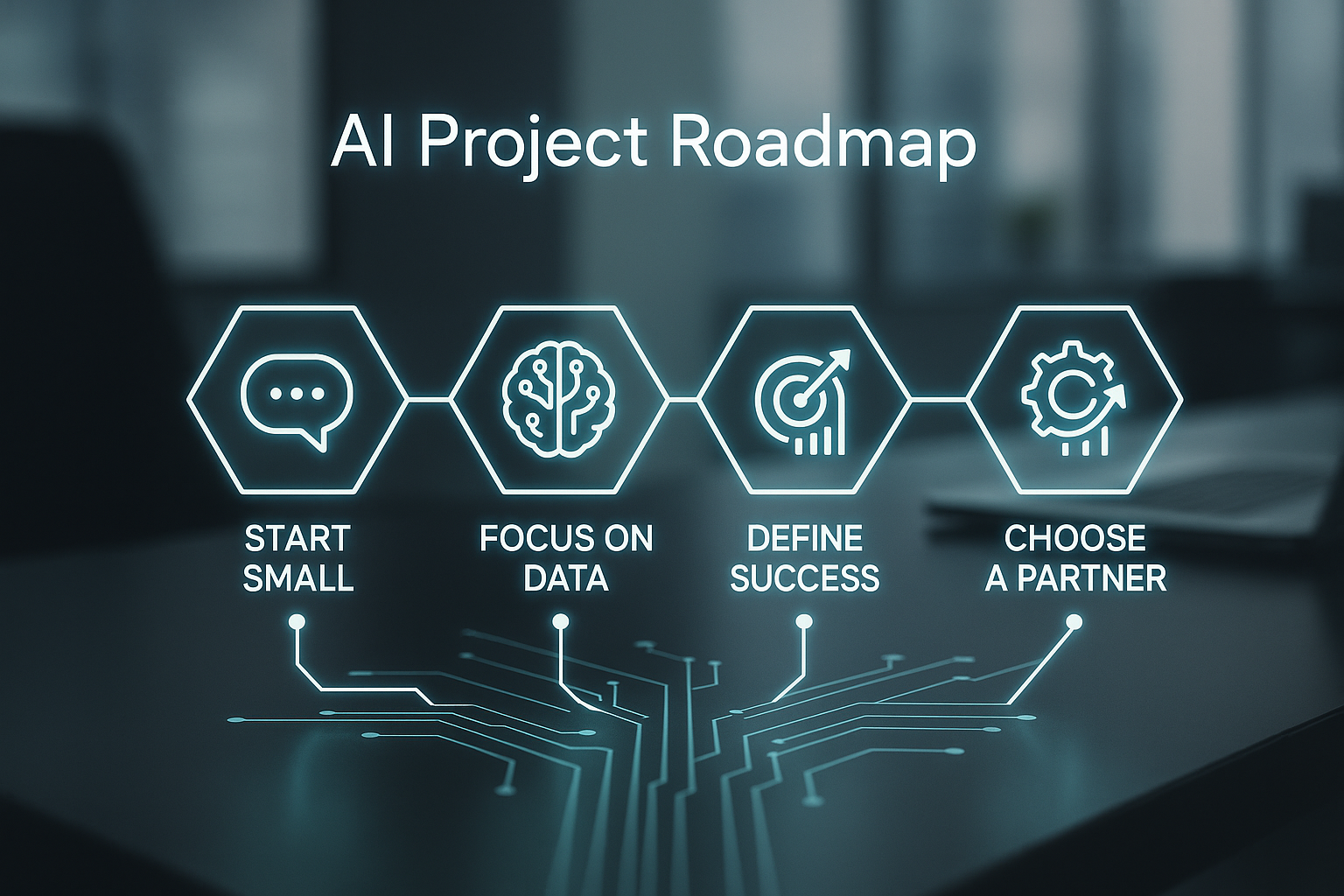Last time, we talked about avoiding common pitfalls in AI projects by embracing a more experimental approach and prioritizing data. This week, we're focusing on the bottom line. How do you know if your AI investment is actually paying off? In a world where AI promises tangible results, proving its value is crucial. The key is to define and measure success beyond just the technology.
Many companies measure success by whether a project is "done" or "shipped." But a better approach is to ask: "Did it solve our business problem?" To answer this, you need to tie your AI initiative to specific business metrics. For example, if you're building an AI to forecast demand, measure how much it reduced inventory waste. If your goal was to automate data entry, track the number of hours saved per week.
Establishing these metrics upfront allows you to go beyond the technical achievement of "building a model that works" and focus on the genuine impact it has on your operations. This is a critical step in turning a proof of concept into a strategic asset. To properly define these metrics, you need to have a clear understanding of your current performance. This means establishing a baseline—a specific, measurable point of comparison.
Let's consider the example of a chatbot designed to handle a single, high-frequency task, like resetting a password. Before implementing the chatbot, you would first set a baseline by measuring key metrics for the current process, which is likely handled by human agents.
- Average handle time: How long does it take a human agent to handle a password reset request?
- Resolution rate: What percentage of password reset requests are successfully resolved by the human agent without escalation?
- Customer Satisfaction (CSAT) score: What is the average customer satisfaction score for this specific type of inquiry?
By collecting this data, you have a clear picture of your current performance. Once the chatbot is deployed, you can measure its success by comparing its performance against these established baselines. For instance, you could track a deflection rate, which is the percentage of users who are able to complete the password reset with the chatbot and don't need to speak to a human agent. A high deflection rate, coupled with maintained or improved CSAT scores, would be a strong indicator of the chatbot's success and its ROI.
An AI project is a successful experiment that provides clear business results. But as we discussed in our last article, the journey doesn't end there. To get those results and sustain them, you need to make sure your team is ready for the shift. In our next article, we’ll dive into how to prepare your people for the future of work with AI.




